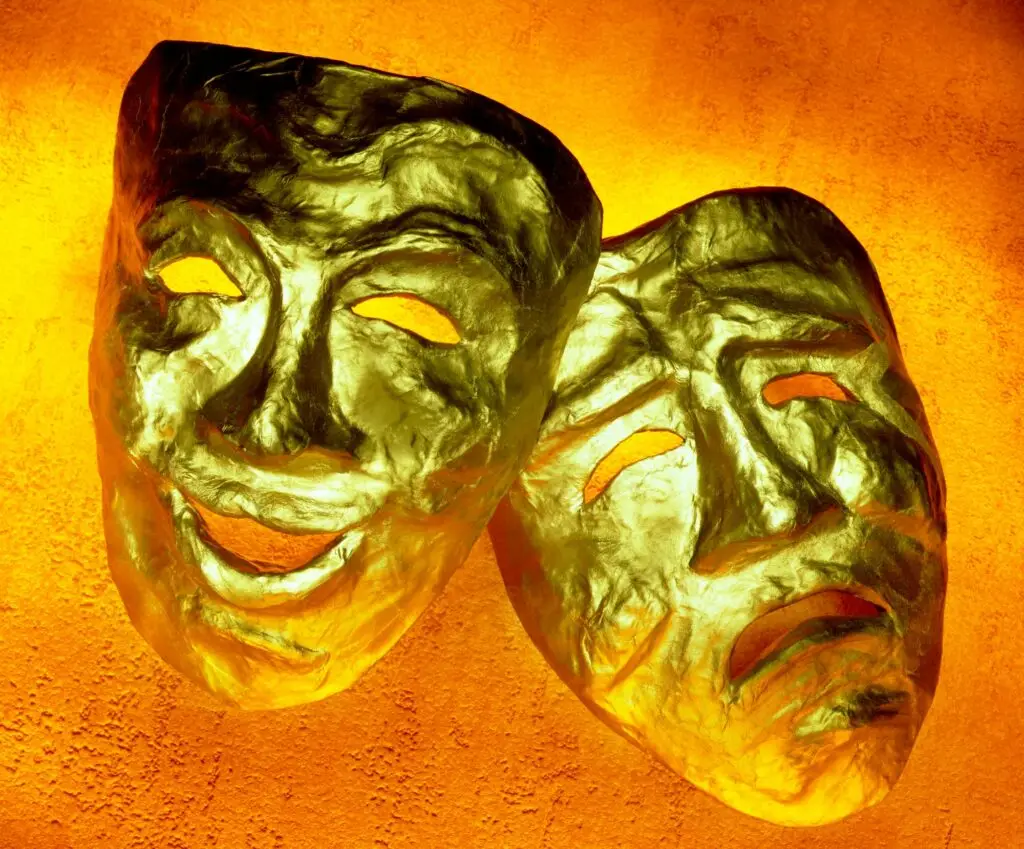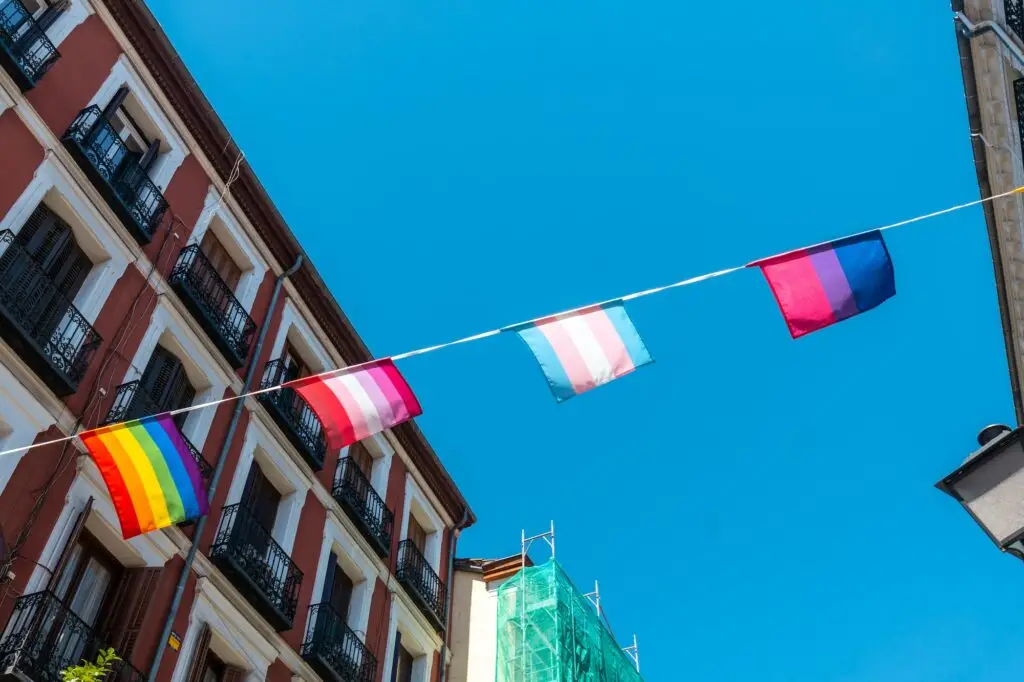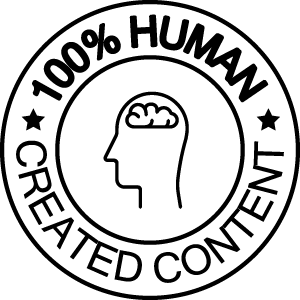Artificial Intelligence (AI) language models such as ChatGPT and image generators such as MidJourney have taken over all content production on the internet. This means that a lot of the content you consume, even if you don’t realize it, wasn’t made by a person but rather a result of complex prompts fed into an AI model.
My goal is to protect the human experience by ensuring that we try to read as much human-created content as possible and avoid AI when we can.
So why is this so important to me? Why is human-generated content so much better?
I will tell you why.

Reason 1: The Human Connection
Regardless of your origin, culture, religion, or political beliefs, you are human. We are all human. One of the most important parts of being a human is the connection we have with others. Sharing a poem, your crazy conspiracy theory, or going to a museum is all part of the human connection.
When we look at a piece of art or read a poem, we connect with our emotions and building on our empathy and emotional intelligence.
No matter how much you love AI, or how useful it might be, AI will always be devoid of emotions. Where human-made content is imbued with feelings, experiences, and perspectives that evoke powerful emotional responses, AI is only an imitation of that.
I’m not saying that AI art cannot make you feel anything, but when you are you are essentially being tricked by a machine. A dead, soulless machine that is simply playing on the emotions that other artists have evoked over centuries.
The emotional connection we have with our peers is so incredibly important, especially in today’s increasingly digitized and isolated world.

As people, we are spending more and more time interacting with technology, and a lot less interacting with people. As a result, we risk losing touch with our emotional selves and the very connection that sustains us.
Human-made content literally counteracts this trend by reminding us of the incredible complexity and depth of the human experience. It inspires us to connect with others and encourages us to cultivate our own emotional intelligence.
To have emotions is to be human.
Reason 2: Supporting Artists
Imagine spending your entire life perfecting your craft. Thousands of hours are spent developing skills and talents with little to no compensation so that you can share love, hate, sadness, beauty or tragedy with the world. Then all of a sudden, the entire world has the ability to imitate you with little effort.

All of a sudden a 14-year-old who happens to be good at prompt building is making art that is essentially just replicating yours.
When we consume AI-generated content, whether it be in a blog or art form, we are completely neglecting talented artists who have spent a lifetime portraying experiences, emotions and perspectives in a way that allows us to take part in their human empathy and expressions.
Most artists already struggle to make ends meet in their craft, and they are now being damaged further by an AI that is imitating sometimes their own art. AI only makes its imagery based on what it scrapes off the internet, which is why artists Erin Hanson will see versions of their own content spread across the internet with no tag or compensation.
In fact, GettyImages is currently suing Stable Diffusion AI after their watermark logo could be seen distorted on a piece of AI-generated content.
Reason 3: Originality
Building off of the last point, human-created content is also the only form of content that can be 100% original. AI only scrapes the internet and uses what it finds to put together imitations and replications of what actual humans have made, per the example above.
When you read or look at AI-generated content, you are seeing the remnants and pieces of what other humans have made in a sort of twisted artificial smorgasbord.
Only 100% human-created content can be completely original, built off of the true creative minds of artistic people. Human creativity and imagination are the true sources of the world’s most profound and beautiful works of art, literature, and scientific breakthroughs.
Consuming original human-made content exposes us to fresh perspectives, new ideas, and new innovative approaches. AI-generated content just regurgitates pre-existing information from the internet, without any significant innovation or creativity.
In a way, only human-made content truly encourages the cultivation of critical thinking and intellectual curiosity. When we engage with original and thought-provoking human-made content, we are inherently challenged to really think about the world around us, to question assumptions and beliefs, and to seek out new knowledge and understanding.
Reason 4: Authenticity
Only when we consume real human-made content can we be confident that we are engaging with something that is a true genuine expression of human creativity, emotion, and experience.
It is the authenticity that imbues human-made content with a sense of depth, richness, and quality that AI-generated content just cannot replicate, no matter how hard it is trained.
Human-made content is more often than not the product of significant effort, expertise and skill – honed over years of practice, experience, and devotion.
The authenticity of human-made content makes it more engaging, thought-provoking, and rewarding and promotes transparency and trust in a world where information is manipulated, distorted, or presented without context.
Even crazy conspiracies are at least from the true mind of an authentic human being. I mean it. I’d much rather read content written by my crazy the-moon-isn’t-real Uncle than that of a dead robot.
The most modern example of this is the story of German photographer Boris Eldagsen, who submitted the photo below to a Sony World Photography Award and won. The second it came out that it was AI-generated, all of what made the emotions so strong in the photo just vanishes – and there is no longer an interest in interpreting the art.

Read more about this story in my article: “Detecting AI: An Impossible Distinction?“
Reason 5: Humor & Tone
One of the biggest reasons I will always prefer human-created content, and why it also just entertains me a lot more, is how humans portray humor and tone in their work. AI-generated content struggles to replicate humor and tone, as humor is often highly contextual.

Humor relies on cultural references, irony, and more subtle nuances that AI cannot capture accurately. This means that no matter how much you prompt it, AI-generated content will always lack the same level of wit, charm, and personality that human-made content offers.
In relation to humor, the tone of AI is also one that comes off as generic and stale. When someone writes a blog post or article they inevitably create an “author voice” – setting a certain tone to convey a range of emotions and attitudes.
It can be humorous, sad, playful, serious, sincere or whatever else you like. Either way, it reads out like a human. It can be hard to differentiate, but it has a massive subliminal effect on how we (at least I) consume content.
Reason 6: Culture
One of the most significant benefits of consuming real, human-made content is the opportunity to learn, understand, and engage in the world’s diverse cultural perspectives and experiences. Regardless of topic, human-made content is deeply rooted in particular cultural contexts, which reflect the unique histories, traditions, and values of the communities that produce it.
One of the most effective ways to take part in the human experience is to gain a deeper understanding and diversify our own and others’ cultures and communities. This helps us cultivate open-mindedness, empathy, and understanding for people who come from different backgrounds.
AI-generated content lacks cultural nuance and sensitivity, and no matter how hard OpenAI claims they have programmed ChatGPT to not be biased, it still is.
AI is trained on “white male” data, which makes it implicitly biased, regardless of what OpenAI claims. How can a model like that accurately portray the experiences and emotions of people of color, women, LGBTQ+ individuals, and immigrants?

It cannot. And this lack of cultural sensitivity is becoming increasingly problematic when AI-generated content is used to discuss issues deeply tied to these cultural identities and experiences.
The same way I don’t want to read about the trans black experience in America written by a white man, I wouldn’t want to read it from an AI trained on datasets of white men, without empathy and emotional intelligence to even understand what it is actually writing about.
AI-generated content cannot convey the full scope of the societal and cultural issues the world is facing today, which leads to misunderstandings, and misinterpretations, and can have potentially harmful effects on the people it is implicitly oppressing.
Reason 7: Relatability and Anecdotes
AI-generated content simply lacks basic emotional intelligence and up-to-date cultural information, and as a result, cannot make content that includes anecdotes and relatability.
For example, I absolutely love personal anecdotes in writing, or when people pull up a story from their real-life experiences to emphasize a point or example. AI holds us back more than the Eagles hold wide receivers (case in point), and it’s seriously taking away from my content consumption experience.
Storytelling is inherently a human trait, and AI cannot compete. This results in AI-generated content that feels impersonal, disconnected, and difficult to engage with on a personal level.

How to ensure you consume human-made content
It can be seriously difficult to know what is real and what is not, what is AI-generated and what is not. This is one of the main issues that I take with today’s use of Artificial Intelligence language models such as ChatGPT and the like. I feel like people who use AI should have a disclaimer stating that AI was used in the making of their content.
When I read anything now, I am paranoid that what I am consuming is just regurgitated content devoid of human emotion. I often do research before engaging in any form of content, and this way I can find out things such as Buzzfeed using mostly AI to generate their blog posts.
Sometimes, I will even go as far as to use tools like AI detectors.
Although we can’t make people announce their use of AI, we can allow people who don’t use AI to show that off to their audience as well, which is why we’ve created this website. By downloading and using any of our free badges, you can show your consumers that your content is yours and 100% human-made.
Protect the human experience. Say no to AI.
THIS ARTICLE WAS MADE WITHOUT THE USE OF ARTIFICIAL INTELLIGENCE.
